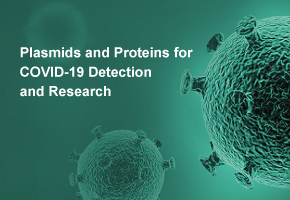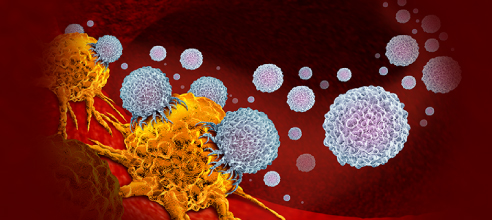Differences Between Cleavable and Non-Cleavable ADC Linkers
Different types of ADC linkers exhibit distinct variations in chemical structure, stability, and functional design. These differences not only determine the stability of the ADC in circulation but also influence its release efficiency within the tumor microenvironment.
Chemical Composition and Functional Groups
The core feature of cleavable linkers is the presence of chemical structures that respond to specific biological conditions, such as peptide bonds (e.g., Val-Cit sequence) recognized by lysosomal proteases like Cathepsin B, hydrazone bonds sensitive to acidic environments, and disulfide bonds that can be reduced under reductive conditions. These functional groups remain relatively stable in circulation but are rapidly cleaved under specific intracellular conditions to release the drug. Their chemical design must balance stability and sensitivity to ensure the drug is not released at non-target sites.
Non-cleavable linkers typically employ highly stable covalent bonds such as thioethers and triazoles, which do not break even under acidic, reductive, or enzymatic conditions. These linkers rely on intracellular antibody degradation to release the drug, focusing on forming a strong and stable bond between the antibody and the drug to minimize non-specific release risk.
Stability Profiles in Plasma and Tumor Microenvironment
In drug development, the design goal for cleavable linkers is to achieve dual characteristics: long-term stability in plasma to prevent premature leakage, and rapid cleavage under specific conditions within tumor cells to ensure precise payload release. This is often achieved by adjusting chemical configurations or shielding reactive sites to enhance selectivity.
Non-cleavable linkers maintain high stability in both plasma and intracellular environments, remaining intact despite changes in pH, enzymatic action, or reducing agents. This means drug release depends entirely on the gradual degradation of the antibody in lysosomes, resulting in minimal free drug in circulation and lower systemic toxicity risk. Such stability is particularly suitable for highly toxic payloads that require strict release control.
Typical Linker Structures and Examples
- Peptide-based linkers: e.g., Val-Cit (valine–citrulline) sequence, recognized and cleaved by lysosomal proteases such as Cathepsin B; widely used in clinical ADCs like Adcetris®.
- Disulfide-based linkers: cleaved via reduction by high intracellular glutathione (GSH) concentrations in tumor cells; the difference in reductive environments between tumors and normal tissues allows for some degree of selective release.
- Hydrazone linkers: cleaved under acidic conditions (e.g., endosomal or lysosomal pH ~4.5–6.0), suitable for targeting acidic tumor microenvironments or acidic intracellular vesicles.
- Thioether linkers (non-cleavable): extremely stable in vivo, rarely cleaved; a representative example is the SMCC linker used in Kadcyla® (T-DM1), which significantly reduces free drug levels in plasma.
- Triazole linkers (non-cleavable): formed via click chemistry, highly stable, and strongly resistant to chemical degradation; often used in ADC designs requiring exceptional stability.
- Like
- Reply
-
Share
About Us · User Accounts and Benefits · Privacy Policy · Management Center · FAQs
© 2025 MolecularCloud



